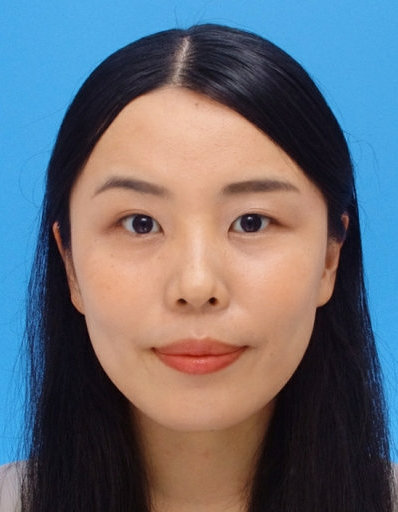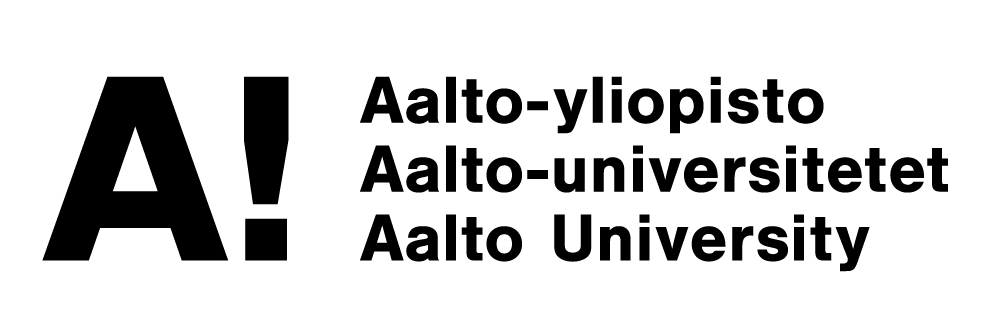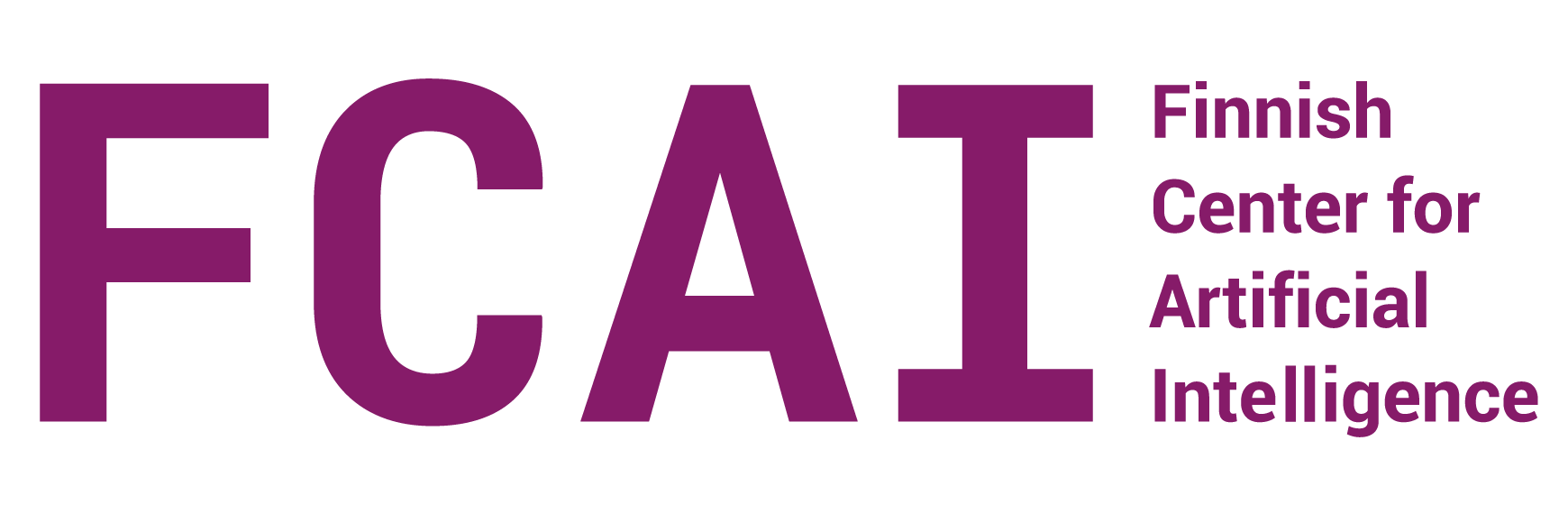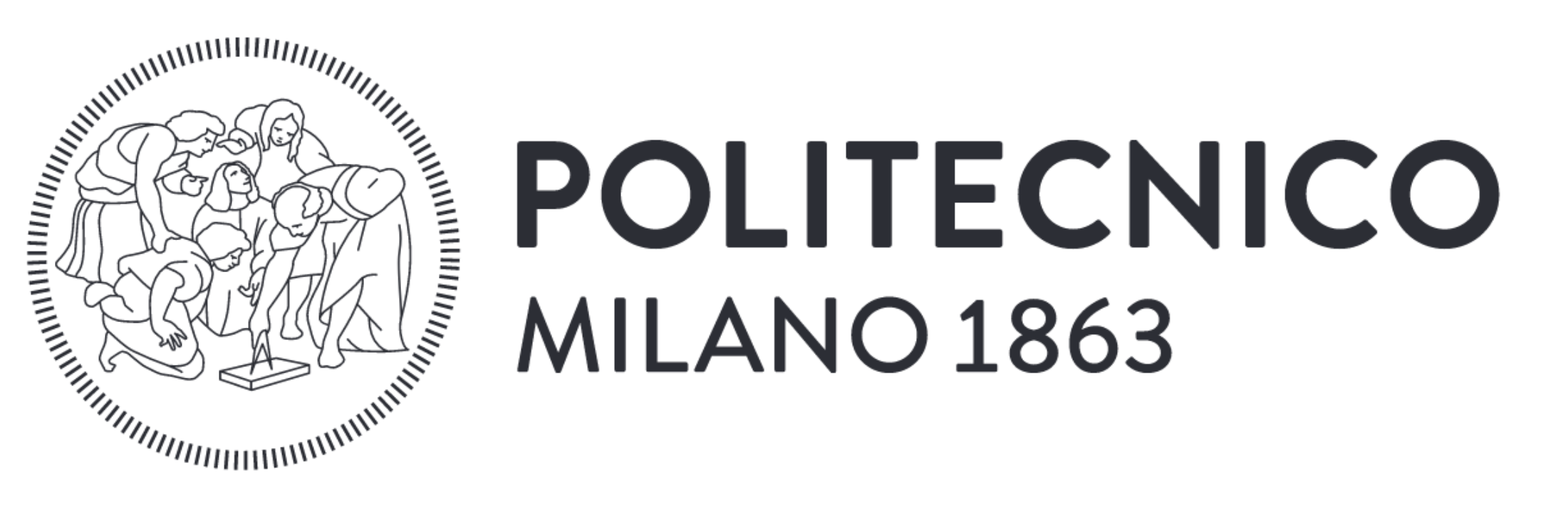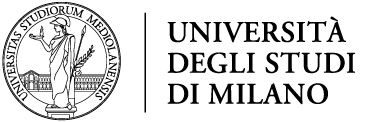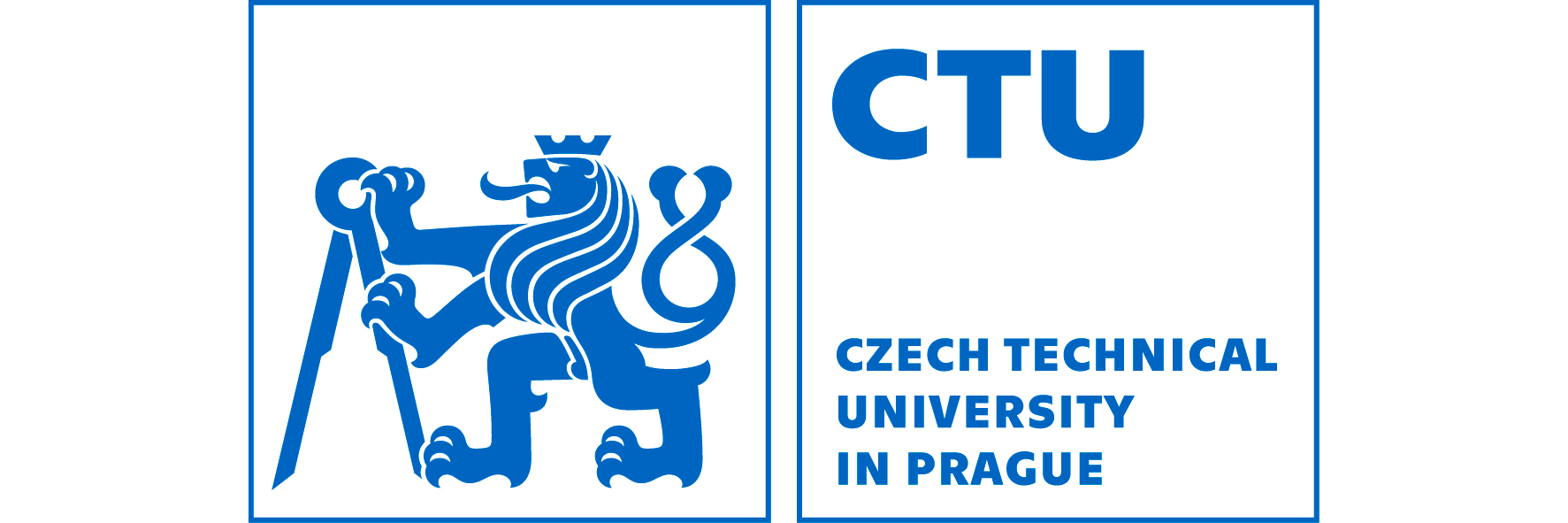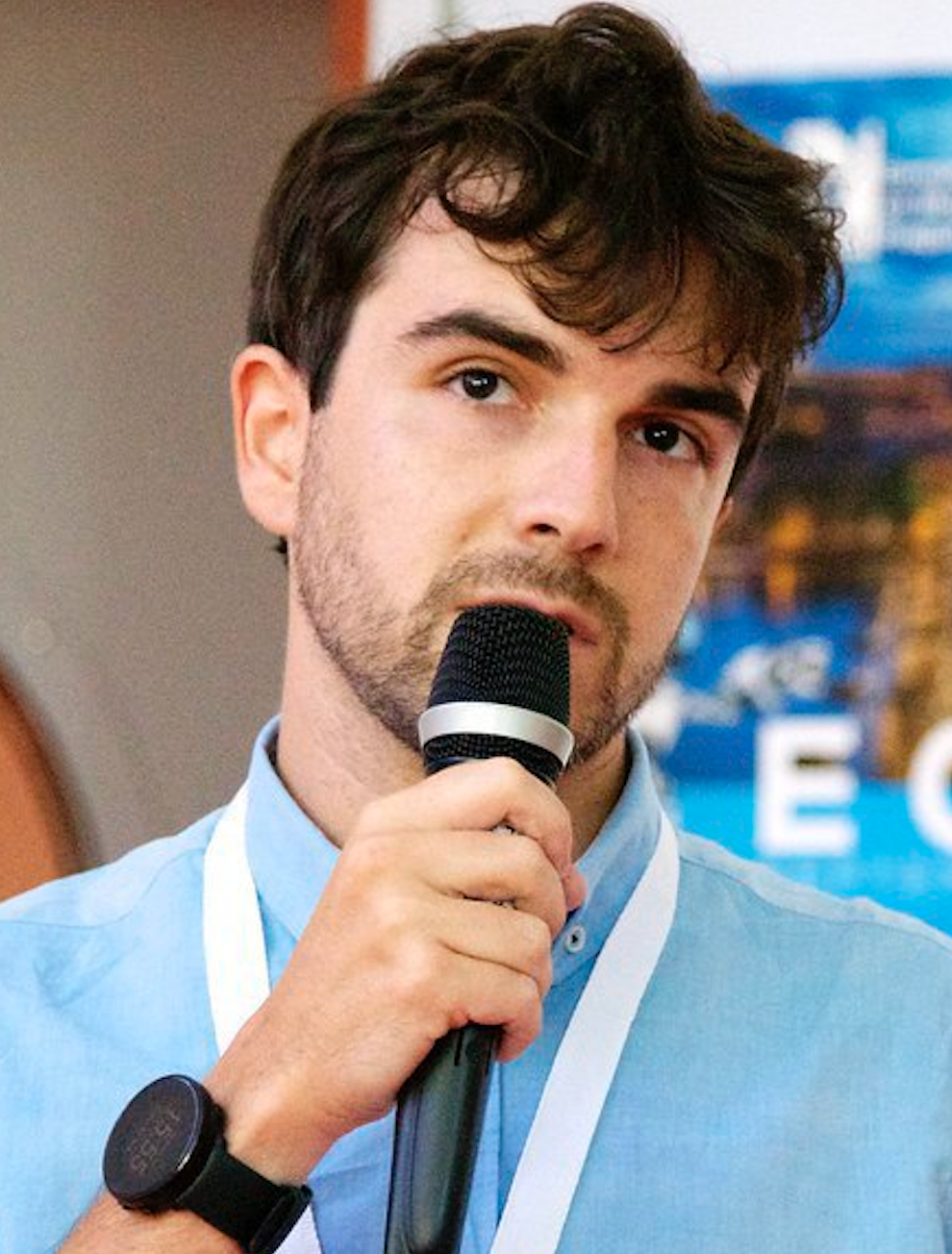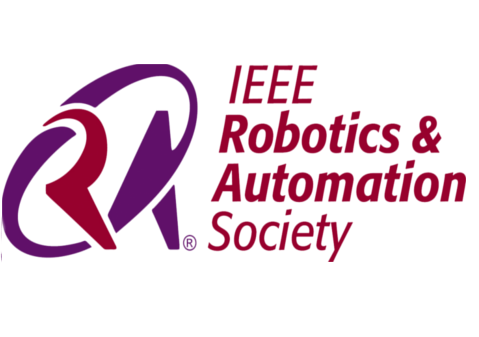| 9:00 - 9:10 am |
Organizers |
Welcome and Introduction |
| 9:10 - 9:35 am |
Laura Fiorini
University of Florence
|
Personalized HRI through advanced behavioural models for application in
healthcare domains: Where we are and what we need to |
Abstract: Social robots are
entering our houses and hospitals, therefore they should be endowed with
advanced and personalised interaction capabilities thus to adapt to the
dynamic external environments and the changing needs of frail citizens.
Additionally, social robots should be able to cooperate interactively
with formal caregivers as well as clinicians thus shifting from a care
model where the frail user interacts with the robot to care models where
also the clinicians/formal caregivers are also involved at different
levels, according to the application. Indeed, the data acquired from the
robots can be used by the robots to personalise the interaction and by
the clinician to monitor the status of the users. |
| 9:35 - 10:00 am
|
Teresa Vidal
Calleja
University of Technology Sydney
| Physics driven, continuous and probabilistic representations for
localisation, mapping and planning |
Abstract:
In this talk, first I will go through our work on faithful Euclidean
distance field estimation for localisation, mapping and planning using a
continuous and probabilistic implicit surface representation (Log-GPIS).
Log-GPIS aims to approximate closely the solution of the regularised
Eikonal equation to estimate the distance field and its gradient
enabling surface reconstruction, localisation and obstacle avoidance.
Then, I will introduce our recent work on global localisation based on
continuous magnetic vector fields that rely on a divergence-free kernel
and our crowd prediction approach that enforces the conservation of
people density. Simulations and experimental results will be used to
show the performance of these representations.
|
| 10:00 - 10:25 am
|
Hyun-Taek Choi
Korea Research Institute of Ships and Ocean Engineering
|
Understanding and Representing the Sea environment for Autonomous Ship
Navigation |
Abstract: Navigation in robotics has seen significant progress in recent
years, with advancements in various technologies such as SLAM
(Simultaneous Localization and Mapping). However, implementing these
technologies in real environments for extended periods of time with both
robustness and flexibility remains a challenge. It is possible that
these established frameworks may be leading us to overlook real
problems. Although the ocean may not be appropriate for pure SLAM, by
understanding the environment and our goals precisely, the problem we
need to solve does not have to be unnecessarily difficult. In this
context, the environment includes not only wide areas of the ocean with
strong sunlight and dense fog but also the temporal conditions of
control cycles necessary for ship navigation, peripheral conditions that
change according to the navigation route of the ship, and the conditions
imposed by international law and conventions in the shipping industry.
This presentation introduces our ongoing research on the situation
awareness system of autonomous ships, which is being developed due to
commercial demand. We will show you our data fusion structure using
mathematical and heuristic methods, along with deep-learning-based
detection algorithms for each sensor. In conclusion, we keep reminding
ourselves that our goal is to identify any collision risks rather than
detecting small objects near the horizon. To successfully apply
autonomous systems in various applications, it is beneficial to take a
heuristic approach, accurately understanding the system and the purpose
we pursue.
|
| 10:25 - 10:50 am |
Poster session
and coffee break
|
| 10:50 - 11:35 am |
"World Cafe" discussion |
- What are you missing from available maps representations?
- What would be a significant breakthrough to enable a wide
application of autonomous mobile robots in broader applications
fields
- How can the community benefit from some "unification" processes
to allow the mixing of various spatial representations with
semantic interpretations?
- Is there a need for an international standard representation?
|
| 11:35 - 12:00 pm
|
Yvan
Petillot
Heriot-Watt University
| Map representations for remote marine operations, what can we get? What
do we need? How do we get there? |
Abstract: TBA |
| 12:00 - 12:25 pm
|
Anna Mannucci & Luigi Palmieri
Robert Bosch GmbH
|
Towards Context-aware Predictive Planning in Complex Environments |
Abstract: Computing safe
navigation policies for wheeled mobile robots navigating in densely
cluttered and crowded spaces is a difficult task due to several factors,
e.g., perception noise, system models mismatch, high uncertainty of
human future behaviors. The latter being influenced not only by other
surrounding humans but also by environmental properties. In these
settings, classical reactive approaches often result in an overly
cautious robot that fails to produce a feasible, safe path in the crowd,
or plans a large, sub-optimal, perhaps oscillating detour to avoid
hindrances. Additionally, several contextual cues may influence robots'
motion, e.g., semantic relationships between objects in the environment,
activity patterns and social relations: considering them in the
decision-making phase is fundamental for improving the overall robot
operation efficiency. Due to those several factors, a unique solution to
fully solve robot navigation in cluttered, crowded and dynamic
environments is still far ahead of us. The problem is even more
challenging when considering fleets of robots. In this talk, we will
present several predictive robot motion planning approaches and
architectures developed to solve the issue. Particularly demanding is
the type of environment representations used in those architectures for
computing the final robot policies.
We will show how the quest for a safe and efficient robot navigation
policy requires not only the improvements of several planning
sub-components, but also the study of proper architectures that
consider contextual proprieties of the environment.
|
| 12:25 - 1:55 apm |
Lunch Break |
| 1:55 - 2:20 pm
|
Jaeho Lee
|
Cloud Robotics |
Abstract: TBA |
| 2:20 - 2:45 pm
|
Edson
Prestes
Universidade Federal do Rio Grande do Sul
|
IEEE Ontological Standard for Ethically Driven Robotics and Automation
Systems |
Abstract: Artificial Intelligence
and Robotics can bring many benefits to humanity. There are several
examples created by our community that show how AI and robotics can be
used to attain the United Nations Sustainable Development Goals.
However, despite all these benefits, there are some applications that
show the devastating power of AI and Robotics,
posing serious risks to our fundamental rights that go beyond privacy
issues and that mainly affect vulnerable and underprivileged
communities. Therefore, global society has put a lot of energy in
creating soft and hard laws to create some barriers in these
developments to ensure that AI and robotics based applications are used
for good and not the other way around.
In this talk, I will discuss the recently published "IEEE
Ontological Standard for Ethically Driven Robotics and Automation
Systems" which aims mainly to assist in the development of ethically
oriented methodologies for the design of robots and automation
systems. However, this standard can be used in many ways, for
example as the core of a platform for multilateral organisations to
govern the domain.
|
| 2:45 - 3:10 pm
|
Hiroshi Ishida
Tokyo University of Agriculture
Haruka Matsukura
University of Electro-Communications
|
Olfactory landscapes of the world and challenges to digitize them
|
Abstract:
Olfaction is the sense of smell that enables organisms to detect
volatile chemical compounds in the air and analyze their implications,
such as food rottenness and homing orientation. Although attempts to
provide robots with such a sensor modality have not always been
successful, an increasing number of research efforts are being made as a
result of advances in sensor technologies. Smell source localization has
been one of the main topics in mobile robot olfaction. Some animals can
locate food by tracking its smell. To accomplish smell tracking is very
challenging because the aerial trail of smell is highly unstable.
However, some successful results of gas source localization are reported
using stochastic approaches, e.g., a particle filter. This talk also
covers some recent topics including super-resolution for gas
distribution mapping and digital reproduction of smells. |
| 3:10 - 3:35 pm
|
Ryan Smith
Fort Lewis College
|
Hard Miles without Hard Miles |
Abstract: It is miserable and
costly to drive vast numbers of miles in the hope of experiencing those
elusive edge/corner cases. Indeed, in many industrial and urban
application domains, it is not even possible to do this in advance of
substantive deployments. We will offer an alternative, less-dreary
vista. Using composite scene synthesis and weather synthesis,
software-in-the-loop tightly integrated with Sim, and reinforcement
learning, we exponentiate the value of a small-seed dataset of benign
autonomy runs as a precursor for a site-wide/domain-specific validation
and verification. |
| 3:35 - 4:05 pm |
Poster session and coffee break |
| 4:05 - 4:50 pm |
"World Cafe" discussion |
- What are you missing from available maps representations?
- What would be a significant breakthrough to enable a wide
application of autonomous mobile robots in broader applications
fields
- How can the community benefit from some "unification" processes
to allow the mixing of various spatial representations with
semantic interpretations?
- Is there a need for an international standard representation?
|
| 4:50 - 5:00 pm |
Organizers |
Closing |









